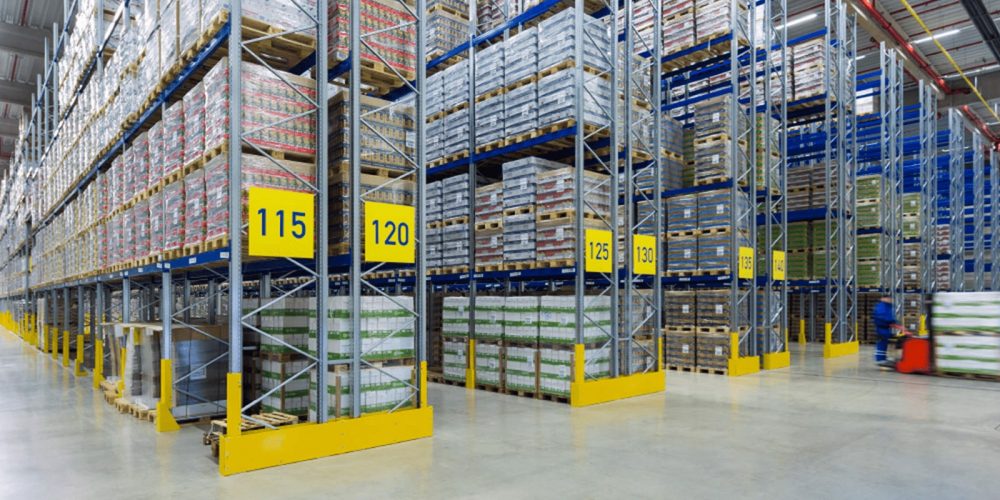Shipping dangerous goods to Germany requires strict adherence to international and EU regulations to ensure safe transit, avoid legal penalties, and protect logistics stakeholders. Knowing how to handle dangerous goods for Germany shipping is critical for exporters, as non-compliance with rules with rules like the ADR (Agreement on the International Carriage of Dangerous Goods by Road) or IMDG Code can lead to shipment delays, fines, or even criminal liability. This guide outlines key steps to manage dangerous goods safely and legally.
1. Classify Your Goods Correctly
Identify UN Numbers and Categories
- Use the UN Model Regulations to classify items into 9 hazard classes (e.g., Class 3 for flammable liquids, Class 6 for toxic substances).
- Example: A lithium battery shipment falls under UN3480 (Class 9, miscellaneous dangerous goods).
Check Germany-Specific Restrictions
- Certain goods like asbestos or ozone-depleting substances are fully banned. Consult the Bundesanstalt für Materialforschung und -prüfung (BAM) database for updates.
2. Prepare Essential Documentation
Safety Data Sheets (SDS/MSDS)
- Provide a German-language MSDS detailing chemical composition, hazard warnings, and spill procedures. Ensure it meets EU REACH standards.
Dangerous Goods Declaration (DGD)
- Complete a signed DGD for every shipment, stating the UN number, packing group (I–III), and emergency contact information.
ADR/IMDG Compliance Certificates
- For road/rail transport, include an ADR certificate; for sea freight, provide an IMDG compliance statement.
3. Ensure Proper Packaging and Labeling
Use Approved Containers
- Follow UN Packing Instructions:
- Corrosive liquids (Class 8) require inner plastic liners and outer steel drums.
- Explosives (Class 1) must use wooden crates with shock-absorbing inserts.
Apply Mandatory Labels
- Affix hazard diamond labels (e.g., flammable, toxic) and UN numbers on all sides of the packaging. Example: A Class 2.1 (flammable gas) cylinder must display a red diamond with a gas cylinder symbol.
4. Work with Certified Logistics Partners
Choose ADR/CAD-Friendly Carriers
- Select freight forwarders with dangerous goods handling certifications, such as China Top Freight, which specializes in EU-compliant logistics for chemicals and batteries.
Opt for Dedicated Transport Modes
- Avoid mixed shipments: Dangerous goods should not share containers with food or electronics. Use direct routes to minimize transit risks (e.g., Hamburg Port → dedicated hazardous materials storage).
5. Navigate German Customs and Safety Checks
Pre-Notify Customs via EDI
- Submit electronic declarations via Germany’s Zoll Erkennungsnummer system at least 48 hours before arrival, including a detailed cargo manifest.
Prepare for Physical Inspections
- German customs may require on-site checks for high-risk items (e.g., pesticides). Ensure packaging integrity and documentation accuracy.
6. Track and Manage Emergency Protocols
Use Real-Time Hazard Monitoring
- Deploy GPS trackers with temperature/alarm sensors for sensitive goods (e.g., refrigerated pharmaceuticals in Class 9).
Establish Emergency Response Plans
- Share 24/7 contact details for chemical emergency hotlines (e.g., Germany’s UNESCAP Hotline) with carriers and recipients.
7. Avoid Common Pitfalls
Incorrect Hazard Classification
- Misclassifying lithium batteries as “普通货物” (general cargo) can trigger fines up to €5,000. Always cross-verify with SDS data.
Inadequate Staff Training
- Ensure warehouse and logistics teams complete annual ADR/IMDG training to handle spillages or label discrepancies.
In conclusion, mastering how to handle dangerous goods for Germany shipping demands meticulous classification, compliant packaging, and collaboration with certified logistics partners. By prioritizing regulatory adherence, using professional handling services like China Top Freight, and maintaining clear communication throughout the supply chain, you can mitigate risks and ensure safe, lawful deliveries to Germany. Always remember: Safety and compliance are non-negotiable when transporting hazardous materials.


